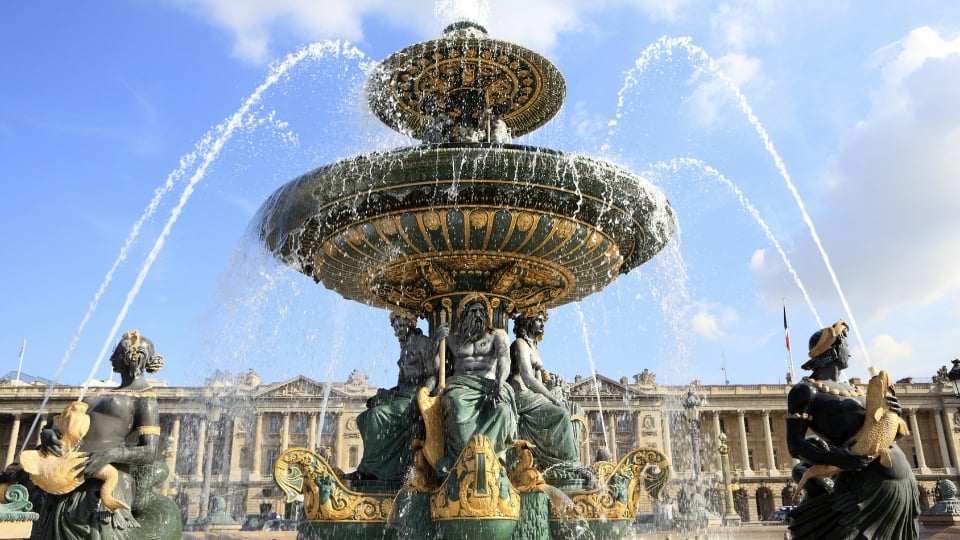The opulent Place de la Concorde is the largest public square in Paris. Sprawled out over 20 acres, its beautiful fountains, sculptures and ancient Egyptian obelisk attract visitors from around the world. The Place de la Concorde is perhaps best known for its ties to the French Revolution, when revolutionists erected a guillotine and used the square as an execution site. Originally constructed in honor of King Louis XV in 1772, his grandson King Louis XVI met his fate on the square in 1793. More than 200 years after the French Revolution, the Place de la Concorde stands as a living piece of history, with each of its statues and fountains adding to the fabric of the story of the French nation.
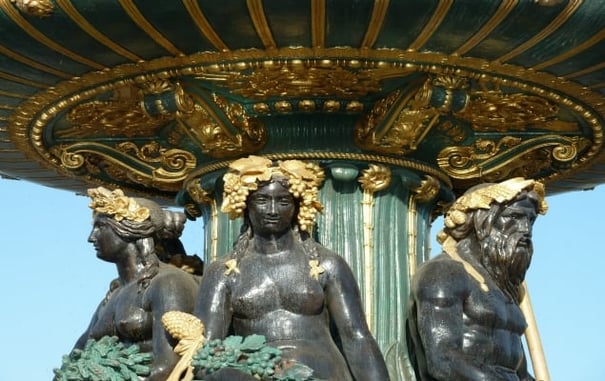
Visiting
Separating the elegant Avenue des Champs-Élysées and lovely Jardin des Tuileries, the Place de la Concorde is a public square of grand proportions. Built in the shape of an octagon, you’ll find a beautiful statue standing in each of its eight corners. These statues are part of the original 18th century design of the square and represent eight cities in France: Brest, Rouen, Lyon, Marseille, Bordeaux, Nantes, Lille and Strasbourg.
The two identical palaces on the northern border of the Place de la Concorde are the Hôtel de Crillon and Hôtel de la Marine. Both were built around the same time period as the square and were originally intended as government offices. Today the Hôtel de la Marine still houses offices for the French navy, while Hôtel de Crillon was converted into a luxury five-star hotel in the early 20th century.
Obelisk
At the center of the square is the spectacular Luxor obelisk, a defining feature of the Place de la Concorde since it was erected in 1836. Given as a gift from Egypt to France in 1829, the granite monument is over 3,000 years old and stands 23 meters (75 feet) high. The monument proved to difficult to install that the pedestal at its base portrays how this feat of engineering was accomplished. Before it was shipped to Paris the Luxor obelisk stood outside the Luxor Temple, and its hieroglyphs refer to the reign of Ramesses II.
Fountains
Two beautiful fountains flank the Luxor Obelisk to its north and south. Inspired by the fountains of Rome, look closely and you’ll notice that both adhere to an aquatic theme. The fountain closest to the Seine represents the maritime spirit of France. The two largest figures relate to the Atlantic Ocean and Mediterranean Sea. On the other side of the obelisk, the north fountain represents the rivers of France. Here the two largest figures characterize the Rhone and Rhine rivers.
The Big Wheel
The latest addition to the Place de la Concorde is the Big Wheel, a 65-meter observation wheel that offers spectacular views over the City of Light. The attraction was first installed in 2000 and returns every year as a part of the Christmas village on the Avenue des Champs-Elysées. It features 42 pods and rotates slowly to give visitors enough time to soak in the beautiful scenery beneath them. The wheel is set up in perfect alignment with the Arc de Triomphe on the other end of the Champs-Elysées. Other monuments and landmarks visible from the ride include the Louvre Museum, Eiffel Tower and Seine River.
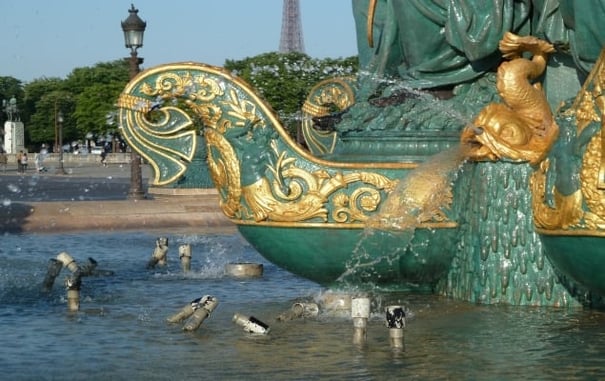
History
The history of the Place de la Concorde is tumultuous to say the least. The design of the square is attributed to Ange-Jacques Gabriel and dates back to the 1750s, but it was not completed until 1772. Constructed in honor of King Louis XV, the Place de la Concorde was originally named Place Louis XV and the square looked much different in 1772 than it does now. Instead of an obelisk and fountains, a large equestrian statue of the king was placed at the center of Place Louis XV.
By the time Louis XV died in 1774, trouble had already begun brewing in France. His grandson and successor Louis XVI was able to hold on to power for 15 more years before revolutionists stormed the Bastille in 1789, marking the start of the French Revolution. With the king overthrown, Place Louis XV was an obvious target for the revolutionists. Its grand equestrian statue of Louis XV was quickly torn down and a guillotine was installed in its place.
Aptly renamed Place de la Revolution, Louis XVI was executed in front of cheering crowds on 21 January 1793. His wife Marie Antoinette was met the same fate just nine months later. Thousands of people were guillotined at Place de la Revolution by the end of the French Revolution in what was one of the bloodiest chapters of French history.
The square was first renamed the Place de la Concorde in 1795, only to have its name again change back to Place Louis XV in the early 19th century when the French royal family returned to power after the fall of Napoleon. In 1826 it was renamed yet again to Place Louis XVI in honor of the fallen king. The Luxor obelisk that stands at the center of the square today was gifted to France in 1829. Within a year the royal family was overthrown in the nation’s second revolution, and by the time the obelisk arrived in Paris, the square was renamed to Place de la Concorde.
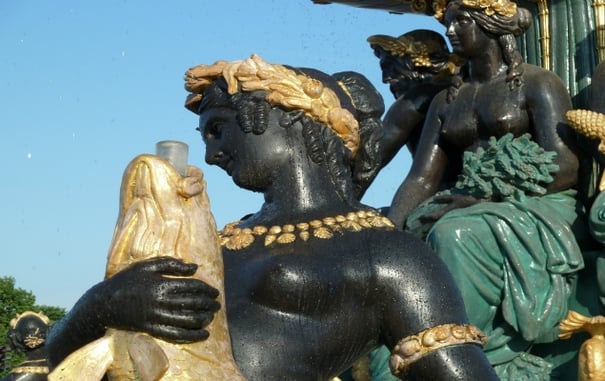
Paris Perfect's Personal Tip
Interested in learning more about the Place de la Concorde and its role in the French Revolution? Uncover everything you wanted to know about this fascinating chapter of French history on a French Revolution Walking Tour, which includes stops at Bastille Prison, Conciergerie Prison, Tuileries Gardens, the Place de la Concorde and more!
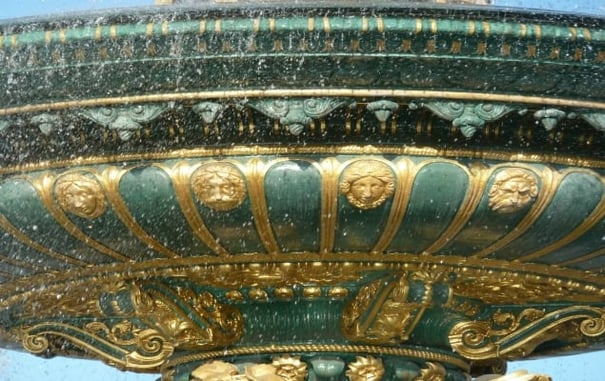
Essential Information
- Address: 75008 Paris, France
- Closest Metro: Concorde
- Opening Hours: 24/7
Sign up for our Vacation Perfect newsletter.
